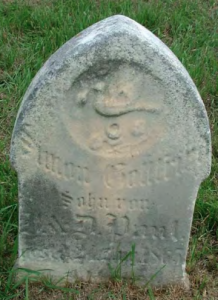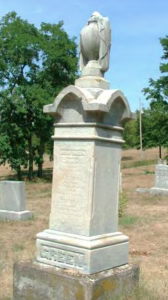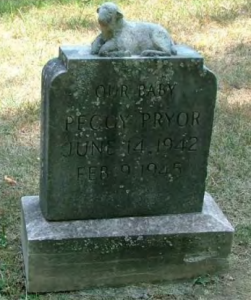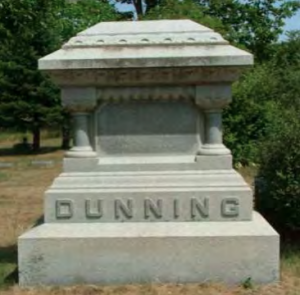By: Zane Ermine
Hello everyone! This is Zane Ermine again with another blog post! This week I’m going to be talking about headstone symbolism throughout the last 300 or so years in North America. (I should note that this is an extremely brief generalization based off of my previous knowledge and some basic research).
Headstones and cemetery engravings have changed drastically throughout the years. From the onset of using stone markers to designate burials, there were often intricate designs incorporated with the name, birth and death dates of the individual onto the face of the stone. These were usually carved with a hammer and chisel and due to the time and effort that were necessary to process an individual monument, set designs were chosen and offered to the families. These designs had themes that were common throughout the industry.
Here are just a handful of the more common symbols:
Dogwood – often a symbol of Christianity, it can also represent eternal life and resurrection.
Dove – Often representative of the Holy Spirit, also symbolizes peace in death or the ascension to Heaven.
Draped Urn – the urn is an ancient symbol of death – often draped with a cloth to represent a separation between life and death
Wheat – the Grim Reaper is generally depicted as carrying a scythe – can represent a life well lived, harvested at its time.
Lamb – common on children’s stones, it can represent innocence – a lamb in Jesus’ flock
Eventually, tombstones grew into a status symbol – you can often tell which family had the most money by their large and intricately carved family stone. These headstones were often influenced by the popular architecture of the time; you can find Egyptian or Greek style stones during their respective revivals between the late 1800s and early 1900s.
Around the 1930s, some companies began slowly adopting sandblast technology to engrave their headstones. Rubber was (and still is) used as a stencil to prevent the sand from eroding sections of the stone that are meant to remain untouched. The technology has remained relatively stable since this period, despite varying methods for attaching the rubber and the introduction of computer software. Currently, adhesive-backed rolls of rubber are cut from a stencil cutting machine and placed on the blank monument die. The machine cuts the stencil directly from a CAD program and a to scale computer draft of the stone.
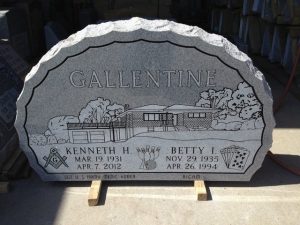
A modern headstone, showing detailed sandblast work. The 3 symbols across the bottom represent the deceased’s various hobbies.
These days, symbolism seems to have taken a back seat to artistic creativity. Modern technology has drastically increased the range of designs that can be placed onto a monument – instead of hand-carving designs, computers and automated sandblast machines do much of the work. Some of the older staples, such as dogwood, doves, roses, or clasping hands have stuck around, although this is more likely due to tradition or aesthetic values, rather than symbolism. Customers can now choose from wider range of designs including sports emblems, cartoon characters, or a variety of animals or vehicles. The art of tombstone design has shifted from inert symbolism to a more blatant pictorial representation of an individual’s life.
Material Referenced:
https://www.in.gov/dnr/historic/3747.htm
http://washtenawhistory.org/images/tombstone_symbols_v8.pdf
http://www.graveaddiction.com/symbol.html
http://www.thecemeteryclub.com/symbols.html
http://www.creepybasement.com/cemetery-symbols/
Images Referenced:
http://washtenawhistory.org/images/tombstone_symbols_v8.pdf
http://www.davismonumentspa.com/specialty-monuments
